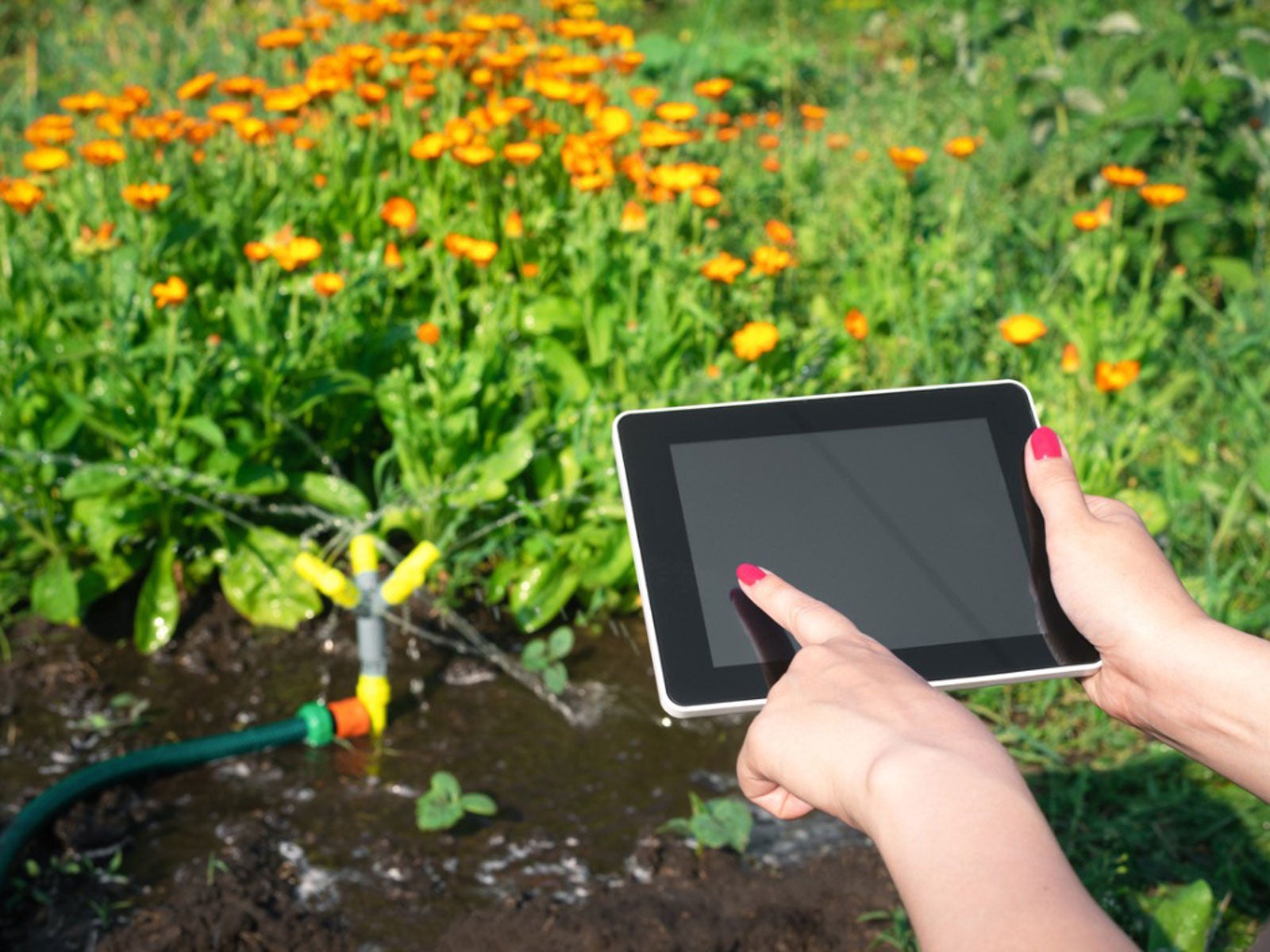What Is Smart Irrigation – Learn About Smart Watering Technology


Upgrading to smart irrigation systems has been proven to reduce water usage while maintaining that beautiful green lawn so many homeowners love. So, what is smart irrigation and how does a smart watering system work? More importantly, can smart watering technology be installed on an existing system?
How Does a Smart Watering System Work?
A programmable irrigation system allows homeowners and property managers to set a timer which automatically turns lawn sprinklers on and off. These systems have overrides which can prevent the sprinklers from running when nature takes over the job of watering the lawn, but these overrides must be operated manually.
Not so with smart irrigation! Smart irrigation advantages include the ability to monitor either local weather conditions or the actual ground moisture level. Thus, smart irrigation systems automatically adjust watering schedules according to the actual needs of the lawn.
In most cases, smart watering technology can be installed on existing irrigation systems and will cut water usage by 20 to 40 percent. Although pricey, these systems can pay for themselves in a few short years by lowering water bills.
The best part? Smart irrigation systems link to the home or office WiFi and can be remotely controlled with a smart device. No more having to remember to turn the sprinkler system on or off before leaving home in the morning.
Using Smart Watering Technology
Smart watering technology can be installed on existing underground irrigation systems by swapping out the current controller for a smart one. In some cases, add-on weather or moisture-based sensors can be used with existing controllers and systems, thus saving the cost of purchasing a new controller.
Before purchasing this technology, homeowners and property managers are advised to do their homework to ensure smart controllers and sensors are compatible with existing irrigation systems as well as smart devices. Additionally, they will need to decide between weather-based sensors or moisture-based ones.
Gardening tips, videos, info and more delivered right to your inbox!
Sign up for the Gardening Know How newsletter today and receive a free copy of our e-book "How to Grow Delicious Tomatoes".
Evapotranspiration controllers (weather-based sensors) use local weather data to regulate sprinkler run times. These types of sensors either access publicly available local weather data via WiFi or take on-site weather measurements. Temperature, wind, solar radiation, and humidity readings are then used to calculate watering needs.
Soil-moisture technology uses probes or sensors inserted into the yard to measure actual soil moisture levels. Depending upon the type of sensor installed, these systems can either suspend the next watering cycle when readings indicate sufficient soil moisture or can be set as an on-demand system. The latter type of sensor reads both upper and lower moisture thresholds and the controller will automatically turn on the sprinklers to maintain water levels between the two readings.

Laura Miller has been gardening all her life. Holding a degree in Biology, Nutrition, and Agriculture, Laura's area of expertise is vegetables, herbs, and all things edible. She lives in Ohio.